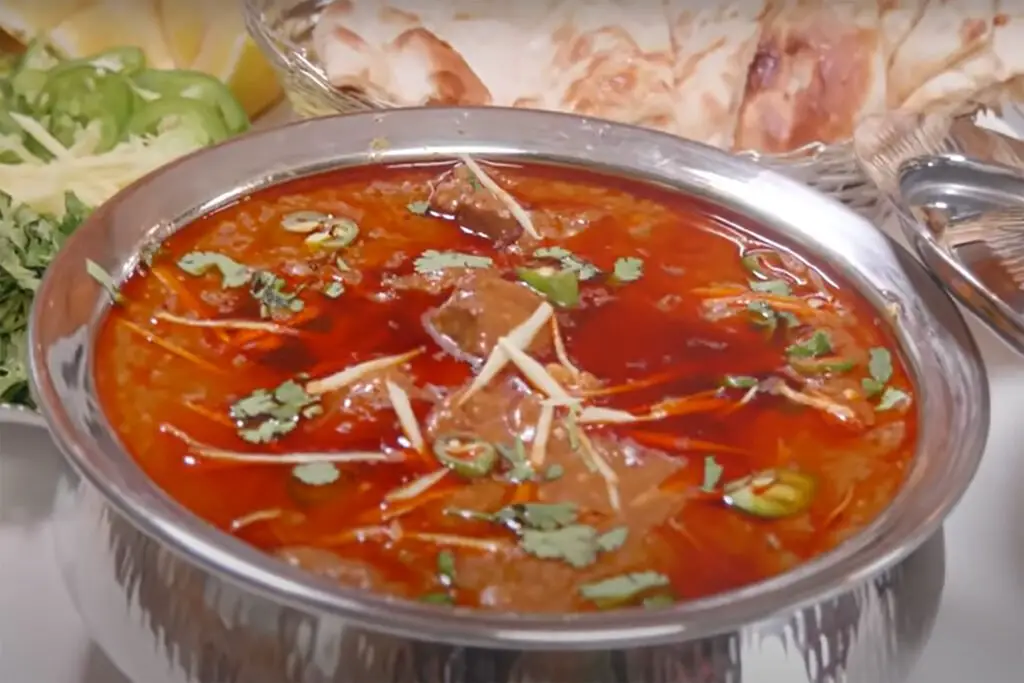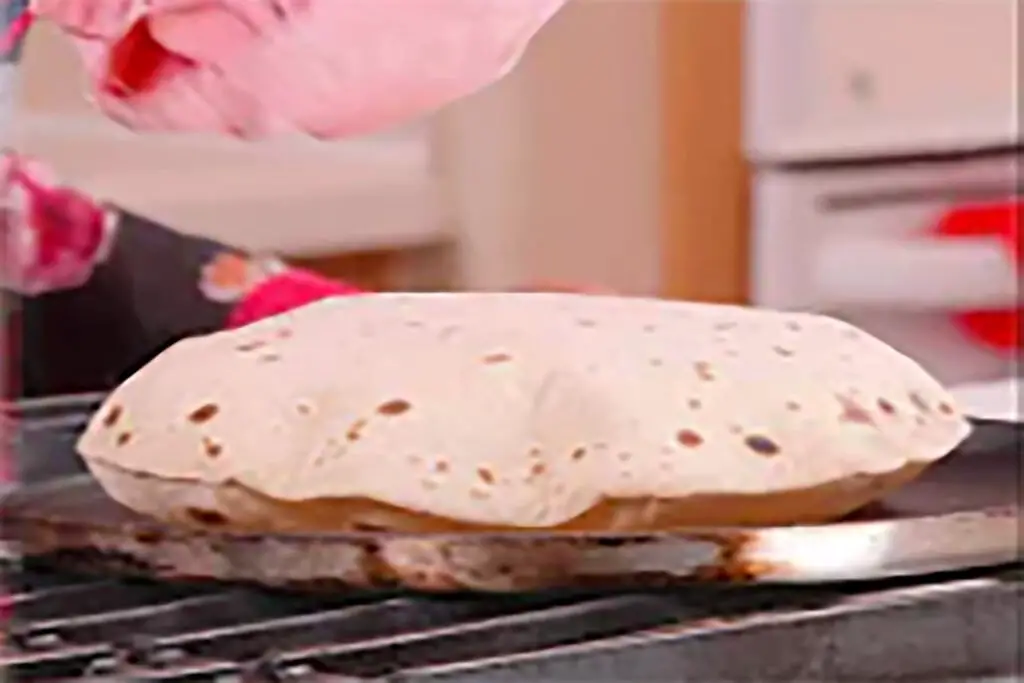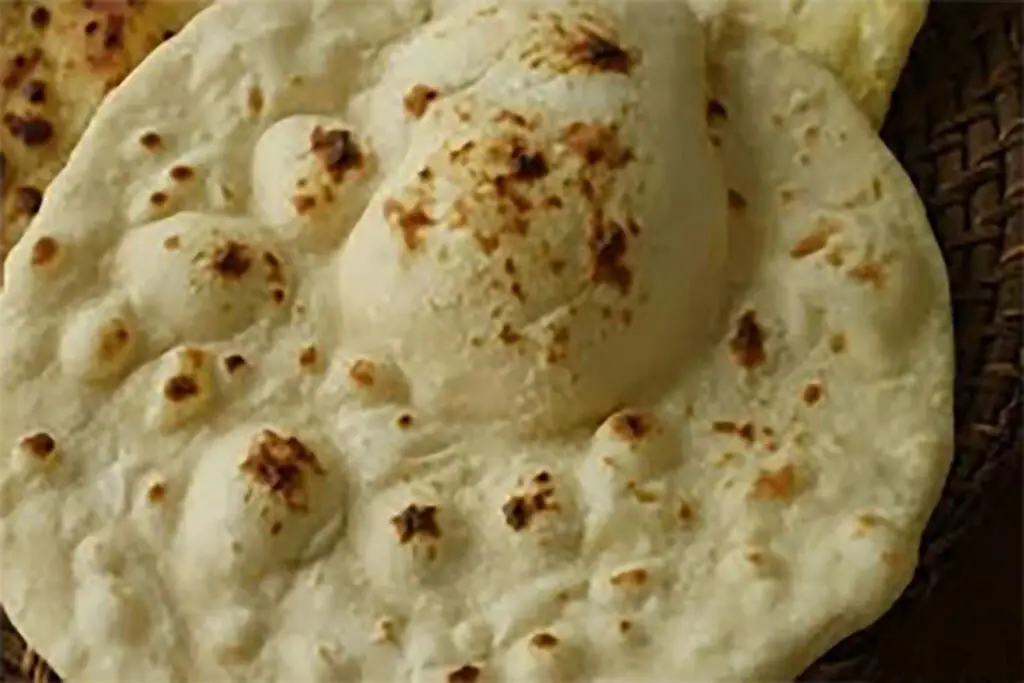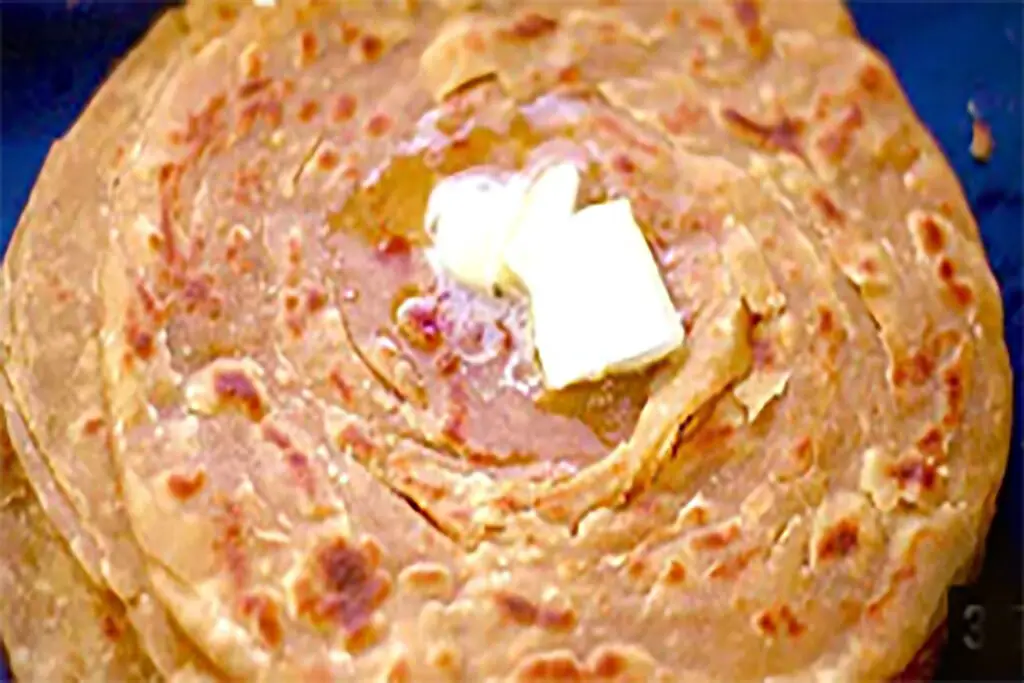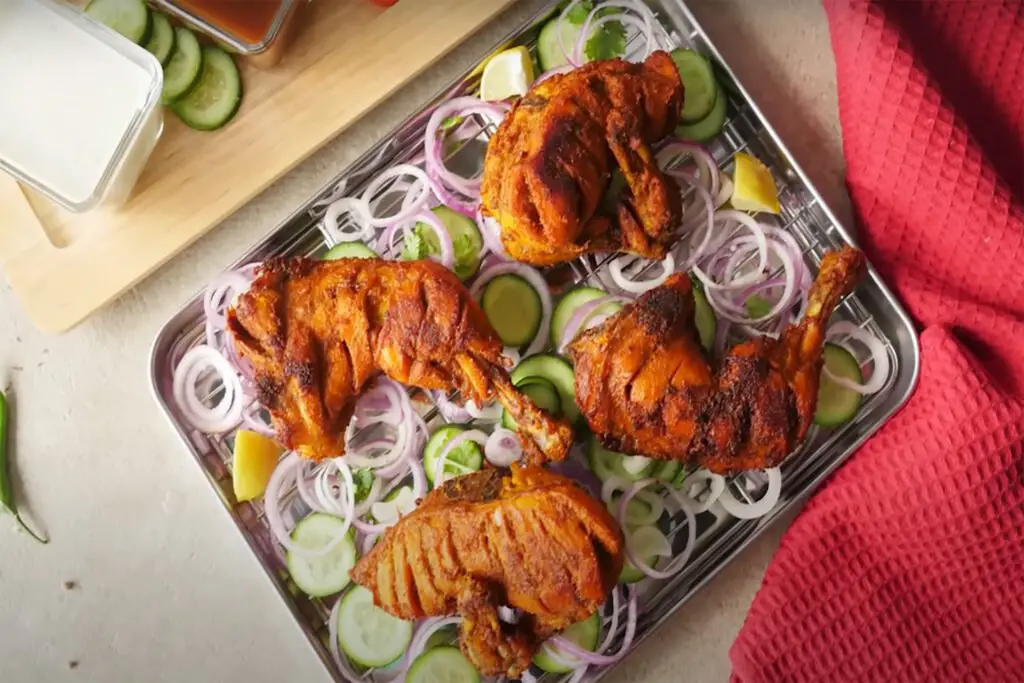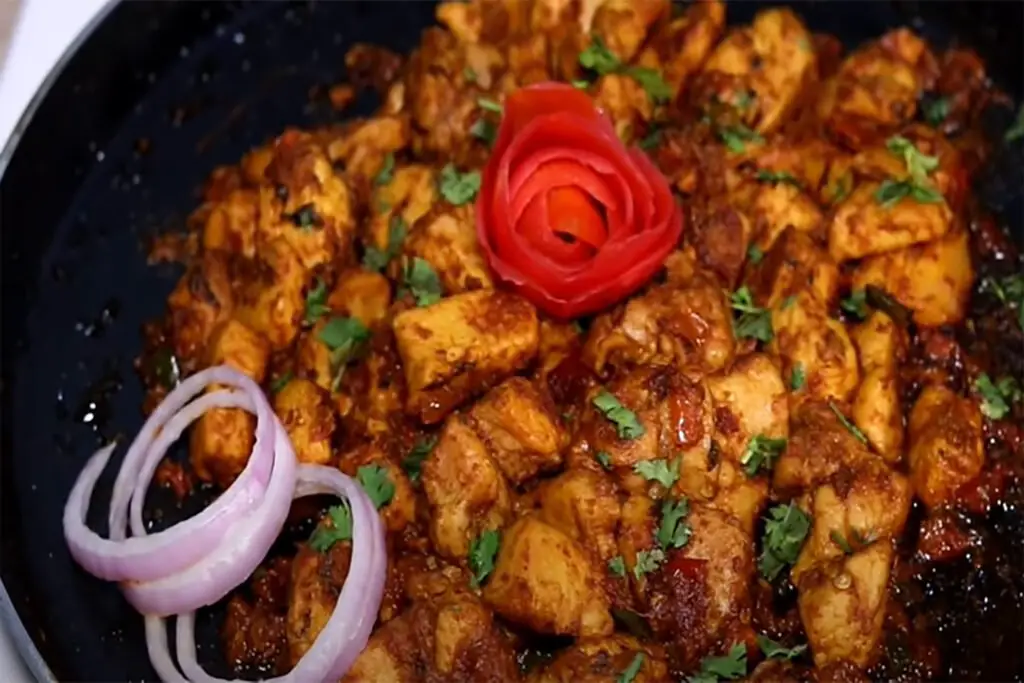In the heart of Pakistani cuisine, there exists a dish that is not just a breakfast option but a cherished culinary treasure. Best Nihari Recipe, a slow-cooked and aromatic stew, is a testament to the nation’s love for bold spices and tender meat. In this article, we will take a gastronomic journey through the history, ingredients, preparation, and cultural significance of Nihari, a dish that awakens the senses and connects people through a shared love for its rich flavors.
A Glimpse into Pakistani Culinary Heritage
Pakistani cuisine is celebrated for its diverse flavors and regional influences. Nihari, however, is a dish that transcends regional boundaries to become a beloved breakfast choice across the nation. It embodies the essence of tradition, flavor, and a shared love for slow-cooked goodness.
Nihari is a rich, slow-cooked meat stew flavored with spices and thickened with atta, or hard whole-wheat flour, in the Pakistani and Indian styles. Pakistani versions of Nihari are usually made with beef, but Nihari can be made with lamb, goat, or chicken.
WHAT IS NALLI NIHARI?
The word nalli means a trumpet or tube that carries the trumpet-like bones that are used to make nihari. Nalli Nihari is made from beef bones (typically humerus or femur) which contain yellow bone marrow. This gives Nihari a rich, buttery taste. Sometimes bone marrow is extracted and added to Nihari.
Ingredients for a Best Nihari Recipe
- Beef shank
- Oil
- Garnish
- Ground spices
- Garlic
- Ginger
- Lemon
- Ghee
- Salt
- Star anise
- Cinnamon
- Bay leaf
- Onion
- Nihari Masala
• Atta – Traditionally, atta flour, which is usually used to make rotis, is added to thicken curries. I highly recommend using it for the authentic taste.
o Substitute: All-purpose flour. I haven’t tried it myself, but I’ve heard from many who have. For added complexity, dry-fry it in a non-stick pan for 6-7 minutes on low-medium heat. It will acquire a deeper, golden color.
• Spices – This recipe calls for either store-bought or homemade Nihari Masala Powder (recipe below!) along with a few other whole and ground spices. As always, if you’re missing a spice (or three!), don’t let that discourage you from making it.
MEAT TO USE FOR NIHARI
Nihari is usually made from boneless beef shanks, also called beef shanks. Halal grocery stores often have the Nihari cut label. You can also use pre-cut beef stew, which is boneless beef that comes from the front shoulder (chock) or the back muscle (round). If the type of stew is specified, I look for the shoulder as I have found it to be more tender.
• Also try to find good quality beef. The more marbled the better.
NIHARI MASALA
Since Nihari requires so many spices, this recipe is created using 1/2 tablespoon of pre-prepared Nihari masala powder. Use too much powder (like the whole packet as the box suggests) and you get a Nihari that tastes a bit manufactured and a lot like your Pakistani neighbor’s Nihari because they used the same powder. Use just a little and it will give your dish extra flair and good color.
In addition, the flavors are only more pronounced when you use fresh spices. Keep in mind that you will need to adjust the salt/spice level depending on the brand and the amount of masala you are using.
HOMEMADE NIHARI MASALA
Prefer to use fresh, homemade spices when possible to make Nihari Masala.
Nihari Masala – Makes ~ 1 Tbsp, all of which you will use
• ½-1 tsp Kashmiri red chillies or paprika for colour
• 1 small black cardamom pod
• 1 small (1-inch) mace blade (or piece of mace)
• 3/4 inch Peepli (long pepper)
• 1/4 teaspoon of fennel seeds (saunf)
• 1/4 tsp garam masala powder
• 1/4 teaspoon ginger powder
• 1/4 teaspoon of onion powder
• 1/8 teaspoon cumin (shah zeera)
• 1/8 teaspoon nigella seeds (kalonji)
• a pinch of cane sugar
To make this Nihari Masala powder, mix all these ingredients in a spice grinder and process until a powder is formed.
HOW TO MAKE NIHARI
The key to a great nihari is the intentional depth of flavor. Deep brown onions, fresh spices infused with oil, meat that is properly braised… all contribute to the revered taste of nihari.
• Step 1: Fry onion and meat. The deep brown onions (see the video rather than the picture) give Nihari flavor, body and depth. As with most stews, it’s important to brown the meat, but don’t overcook as this can lead to tough meat.
• Step 2: Bloom Spices. Add spices and fry in hot oil. If you’re worried about it burning, you can always add a splash of water.
• Step 3: Cook. On the stovetop, let it simmer before reducing the heat to a gentle simmer. For slow cooker, transfer mixture to slow cooker, add water and stir to combine.
• Step 4: Thicken. If you try to thicken the sauce by adding flour, it will result in lumps. To avoid this, remove some of the liquid from the nihari (I always find that using water dilutes the flavor) and let it cool. Then mix it into the atta flour. Add this mash to the nihari while stirring to avoid lumps. Let it cook and thicken.
HOW TO GET OIL (TARI) TO THE TOP OF NIHARI
Once the curry is cooked, the fats and oil will naturally rise to the surface. Typically, with Nihari, the oil is released once the meat is cooked and also after the atta is cooked. Since I don’t use as much oil as some traditional recipes, it won’t seem as greasy as most restaurant Niharis.
To allow the oil to rise to the top, let it cook uncovered on a low heat for 5 minutes after cooking. You can also either reserve oil before adding the atta or add tarka (oil tempering) with spices to give the Nihari its distinctive layer of oil on top.
TIPS ON MAKING NIHARI
• Nihari meat should be very tender. It is not done once cooked, but when it practically tears to the touch.
• The end result should be like a thick soup or sauce. If it is too thick, simply add (preferably boiling) water to thin it out. Saute again to desired consistency.
• If using a slow cooker and the end result is too thin, transfer to the stovetop to thicken to the desired consistency.
• Restaurants often keep pieces very large (~3-4 inches). Kenji López-Alt points out that large cuts keep the meat more tender. I usually go for smaller cubes as they are easier to eat and serve than a handful of large pieces.
• Variation: For more body and mild tang, whisk 1-2 tablespoons of yogurt into the atta mash before adding to the Nihari.
WHAT TO SERVE WITH NIHARI
Nihari is usually served as a main course for dinner or brunch. It is usually served with naan or sheermal, a lightly sweet bread. If you’re looking for more beef dishes, check out this roundup of my best Pakistani beef recipes!
Cultural Significance
Nihari is more than just a breakfast; it’s a cultural symbol of comfort and tradition in Pakistan. It’s often enjoyed on weekends, during family gatherings, and on special occasions. The act of sharing a steaming bowl of Nihari with loved ones signifies warmth, togetherness, and the joy of a leisurely meal.
Nihari, with its tender meat, fragrant spices, and rich sauce, is a true representation of Pakistani cuisine. It’s a dish that bridges the gap between tradition and modernity, offering a taste of the past and a connection to the present. Whether you savor it at a local eatery in Karachi, a family gathering in Lahore, or recreate it in your own kitchen, Nihari is a flavorful journey that leaves an indelible mark—an homage to the diverse and delectable flavors of Pakistan and the joy of sharing a culinary tradition with loved ones.

